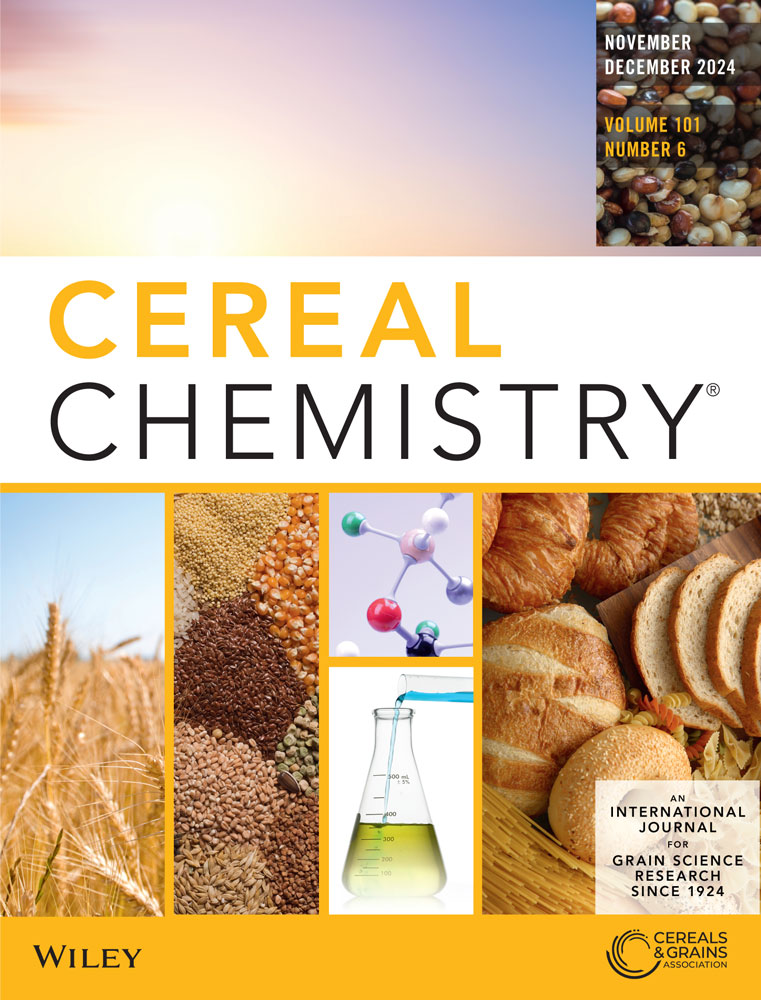Due to the emergence of new hybrid rice cultivars, rice processors must refine their processing protocols to maintain the production of high-quality products. This is crucial for the instant rice processing industry. Therefore, this study aims to refine current convective heated air-drying processing methods to suit the new hybrid rice cultivars intended for instant rice production. New strategies to dry cooked rice were investigated. These included drying in a stepwise manner with high (230–200°C) and medium (190–160°C) air temperatures and drying at constant high (200°C) and medium (160°C) air temperatures. Changes in quality attributes of two new long-grain (LG) hybrid rice cultivars (XL 753 and RT 7521 FP), including rehydration ratios, texture, color, and bulk density, were examined after using the modified drying strategies.
The percentage points of moisture removed were significantly affected by cultivar type, cooked rice drying air temperatures, and relative humidity (RH) (p < .05). Additionally, the rehydration ratio of instantized rice was significantly influenced by the drying air temperature (p = .0361). The highest rehydration ratio (3.14) was observed for cultivar XL 753, which was dried at a constant air temperature of 160°C and 40% RH, whereas the lowest (2.77) was observed with the same cultivar when dried at a constant air temperature of 200°C and 40% RH. The bulk density and volume increase ratio were impacted by cultivar type (p < .05), while drying air temperature and RH did not have significant effects on the volume increase ratio. Water activity values ranged from 0.53 to 0.56 for both cultivars and were influenced by drying air temperature, while color was affected by RH (p < .05). Textural parameters (hardness, adhesiveness, springiness, and cohesiveness), except resilience and springiness, were significantly affected by cultivar type, while drying air temperature had significant impacts on all textural parameters.
Prediction profiler for multi-attribute optimization using a desirability function approach from JMP suggested the XL753 cultivar, an RH of 20%, and Stepwise High as the drying treatment. Under these settings, the predicted percent point of moisture content loss, rehydration ratio, ΔE value (color), bulk density, hardness, adhesiveness, springiness, and cohesiveness of the models were 36.75, 9.44, 0.33, 2.95 g/mL, 3941.60 g, −14.17 gs, 0.72, and 0.59, respectively. The study provides crucial information for guiding decisions on drying conditions for industrial processing of instantized rice that may yield the most desirable quality attributes. Different rice cultivars may have differences in the quality of instant rice; however, the drying treatment found to work best in this study should be valid for all rice cultivars.
The study has provided crucial information on the possibility of modifying convective heated air-drying methods to improve the quality attributes of instant rice made from new hybrid rice cultivars. Information generated from this study may be useful to guide decisions on drying conditions for industrial processing of instantized rice with premium quality.


